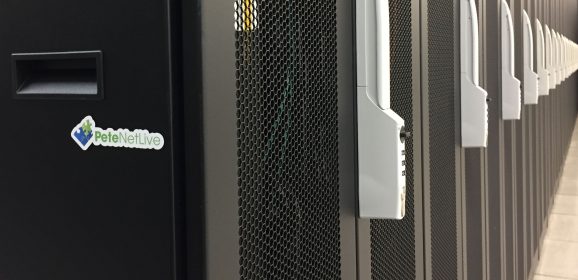Free Certificate for IIS with Let’s Encrypt
KB ID 0001736 Problem I’ve been aware of Let’s Encrypt for a while, they are a non profit Certification Authority, who will provide you with a free certificate, and you can use them for most things you want to secure with a digital certificate. The only reason I’ve never used them in the past is, their certificates have a short (3 month) lifespan, and I see enough things breaking when people forget to renew 12 month...
Load Balance IIS with Microsoft ARR
KB ID 0001573 Problem If you have a lot of IIS servers, and want to load balance between them, then you can either buy a load balancer, or use Microsoft ARR (Application Request Routing). Note: ARR does a lot more than simply load balancing, e.g. it can perform caching, and complex web routing, and even SSL offloading. Here we are just looking at load balancing. I’m going to deploy TWO ARR servers in my DMZ, here I’ve got...
IIS: Move WWWRoot Folder
KB ID 0001487 Problem I migrated an IIS website I use for hosting files this week, and realised I’d forgotten how to relocate the wwwroot directory from it’s default install location on C:\inetpub\wwwroot. Solution Firstly, I’m assuming you have instilled the IIS role and you already have a wwwroot folder on your C: Drive, (in the above location). If so you can simply copy this folder to your new partition/drive (in...
Microsoft IIS – Stop Getting Indexed By Search Engines
KB ID 0001352 Problem If you have a publicly facing website, and you DON’T want it indexed by the major search engines, then this is the post for you. Why would you want this? Well you might have a development server that you don’t want appearing in peoples search results, or you might be hosting files and folders you want publicly available, but again you don’t want those files and folders showing in peoples...





